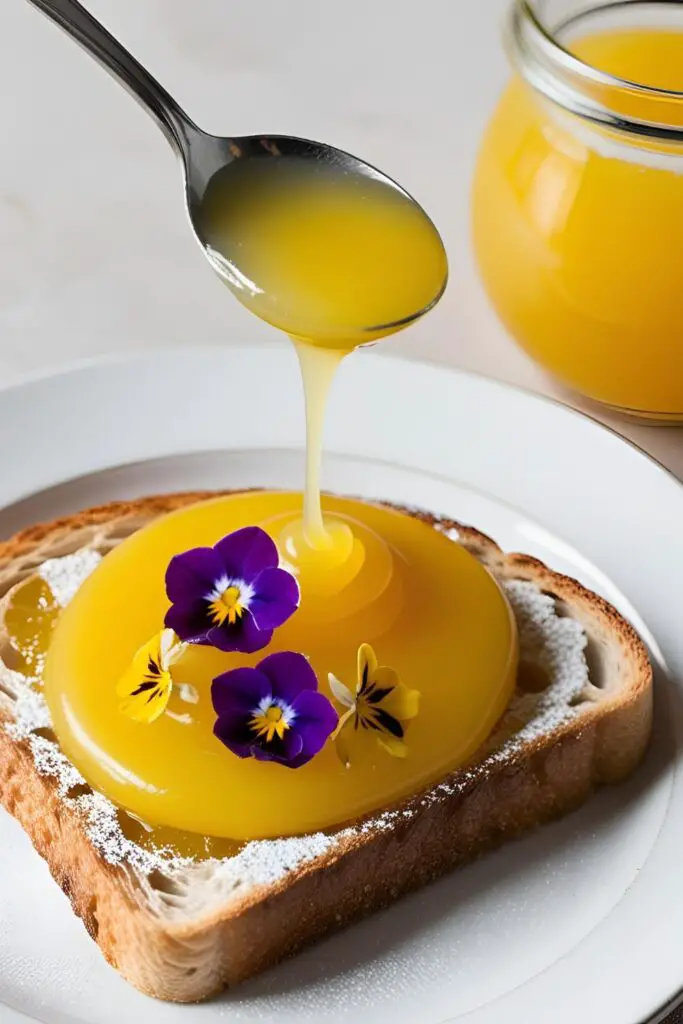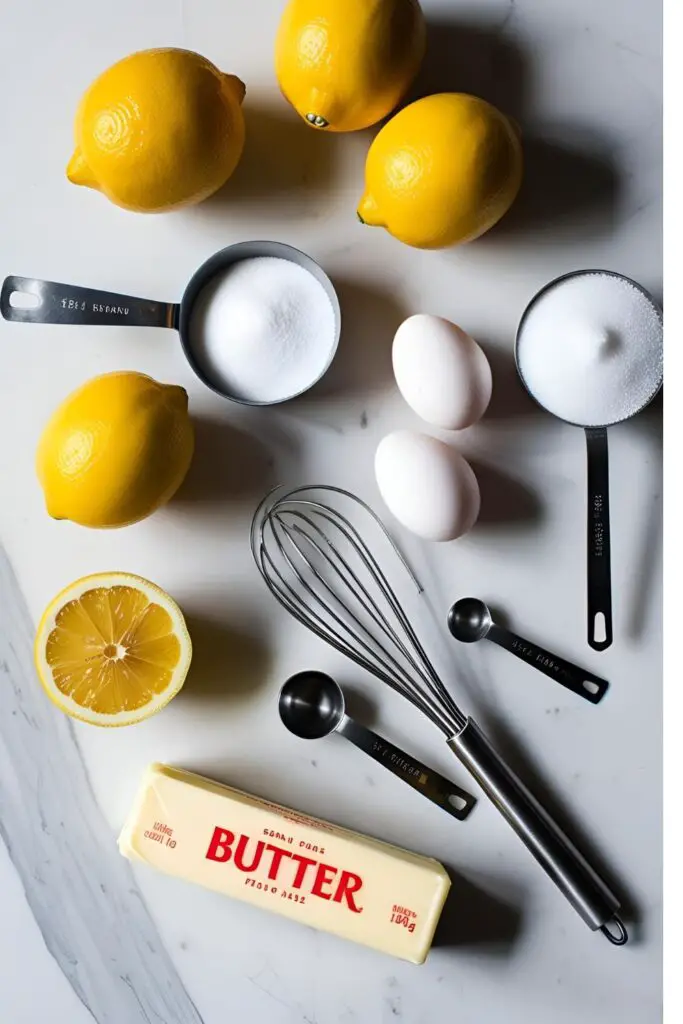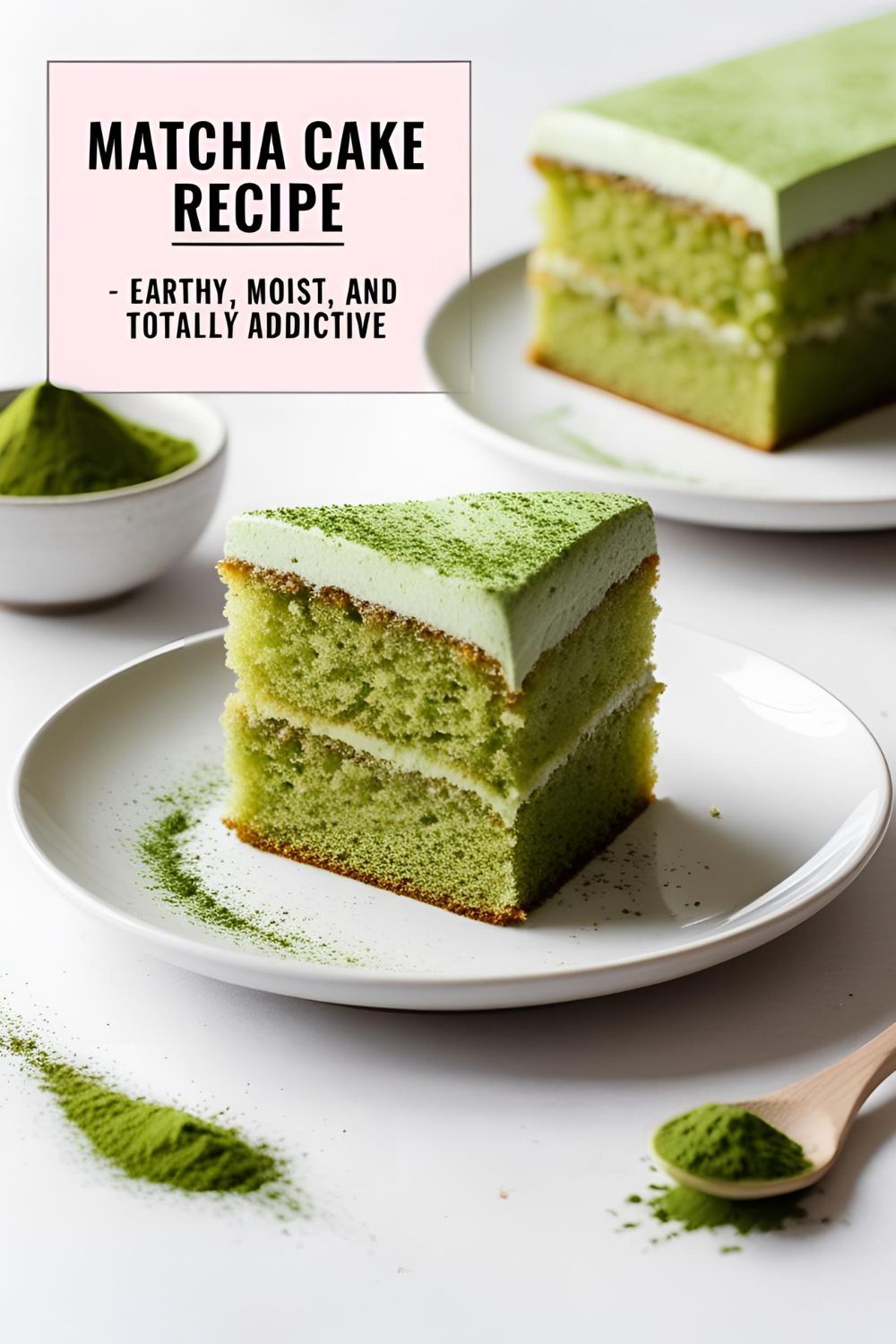Bergamot Curd: The Zesty Spread You Didn’t Know You Needed (But Totally Do)
So, What’s the Deal with Bergamot Curd?
Ever found yourself staring at a jar of lemon curd and thinking, “This could use a little more je ne sais quoi”? Enter bergamot curd—the citrusy cousin with a flair for drama and a hint of Earl Grey sophistication. It’s like lemon curd went on a European vacation and came back with a mysterious accent and a better wardrobe.
Why You’ll Fall Head Over Heels for This Recipe
- Flavor Explosion: Think lemon curd, but with a twist. Bergamot brings a unique floral and slightly bitter note that elevates the classic curd to gourmet status.
- Impress Your Friends: Slather it on toast, dollop it on scones, or swirl it into yogurt. Your brunch game just leveled up.
- Easy Peasy: If you can whisk and stir, you can make this. No culinary degree required.
Ingredients
- 4 bergamot lemons (or substitute with a mix of lemon and orange if you can’t find them)
- 225g caster sugar
- 125g unsalted butter, diced
- 2 large eggs
Note: If bergamots are elusive in your area, a combination of lemon and orange zest and juice can mimic the flavor profile.
Tools & Kitchen Gadgets Used
- Citrus juicer: To extract every drop of that precious bergamot juice.
- Microplane zester: For finely grated zest without the bitter pith.
- Mixing bowl: Preferably glass or stainless steel.
- Whisk: To blend ingredients smoothly.
- Saucepan: Non-reactive, like stainless steel.
- Thermometer: Optional, but helpful to ensure the curd reaches the right temperature.
- Fine mesh sieve: For straining out any cooked egg bits.
- Glass jars: For storing your finished curd.
Affiliate links can be added to each item for easy shopping.
Step-by-Step Instructions
- Zest and Juice: Zest the bergamot lemons, avoiding the bitter white pith. Then, juice them. You should get about 60ml of juice.
- Mix Ingredients: In a mixing bowl, combine the zest, juice, sugar, and eggs. Whisk until well blended.
- Cook the Mixture: Pour the mixture into a saucepan. Add the diced butter. Cook over low heat, stirring constantly, until the mixture thickens. This should take about 10-15 minutes. Do not let it boil.
- Check Consistency: The curd is ready when it coats the back of a spoon. If using a thermometer, aim for around 75°C (167°F).
- Strain and Store: Pour the curd through a fine mesh sieve into sterilized jars to remove any lumps. Let it cool before sealing. Store in the refrigerator for up to two weeks.
Calories & Nutritional Info (Per Tablespoon)

- Calories: ~70
- Total Fat: 4g
- Saturated Fat: 2.5g
- Cholesterol: 35mg
- Sodium: 5mg
- Total Carbohydrates: 8g
- Sugars: 8g
- Protein: 1g
Note: These values are approximate and can vary based on exact ingredients used.
Common Mistakes to Avoid
- Overheating: High heat can cause the eggs to scramble. Keep it low and slow.
- Skipping the Strain: Unless you enjoy bits of cooked egg in your curd, always strain the final product.
- Using Reactive Cookware: Aluminum pans can react with the citrus, leading to a metallic taste. Stick to stainless steel.
- Not Stirring Constantly: This isn’t the time to multitask. Constant stirring ensures a smooth, lump-free curd.
Variations & Customizations
- Keto-Friendly: Substitute sugar with a keto-approved sweetener like erythritol. Adjust to taste.
- Spicy Kick: Add a pinch of cayenne pepper or chili flakes for a sweet and spicy combo.
- Herbal Twist: Infuse the curd with a sprig of rosemary or thyme during cooking for an aromatic touch.
FAQ Section
Q1: What is bergamot curd?
A: It’s a citrus spread made from bergamot lemons, sugar, eggs, and butter. Think of it as a sophisticated cousin to lemon curd.
Q2: Can I use regular lemons instead of bergamot?
A: Yes, but the flavor will be different. Bergamot has a unique floral and slightly bitter taste.
Q3: How long does bergamot curd last?
A: Stored in the refrigerator, it lasts up to two weeks.
Q4: Can I freeze bergamot curd?
A: Absolutely. Freeze in airtight containers for up to three months. Thaw in the refrigerator before use.
Q5: Is bergamot curd safe for children?
A: Yes, but be mindful of any citrus allergies.
Q6: What can I use bergamot curd for?
A: Spread on toast, as a filling for cakes or tarts, or swirled into yogurt.
Q7: Why did my curd turn out lumpy?
A: Likely due to overheating or not stirring constantly. Always cook on low heat and stir continuously.
Final Thoughts
Congratulations! You’ve just made bergamot curd, the spread you didn’t know you needed but now can’t live without. Whether you’re slathering it on toast or gifting it to friends (if you can bear to part with it), this zesty delight is sure to impress. Go ahead, take a spoonful straight from the jar—we won’t judge.










